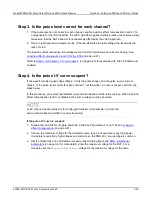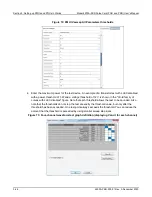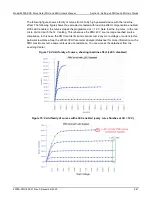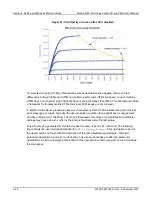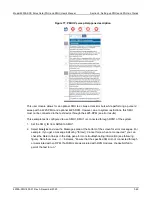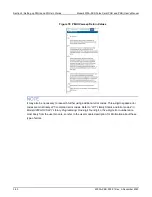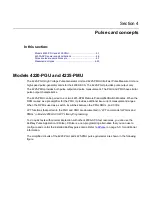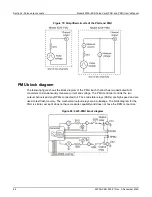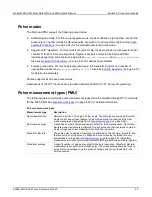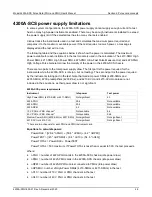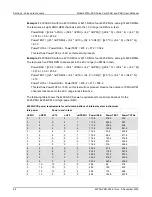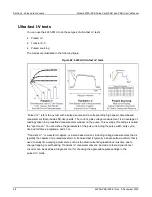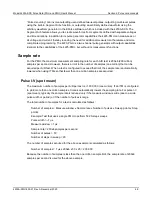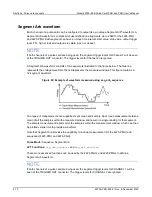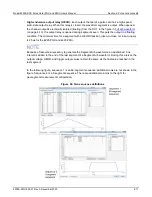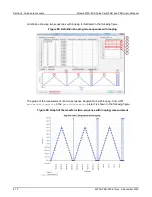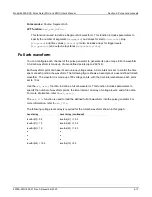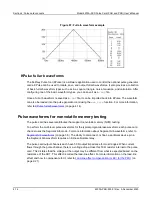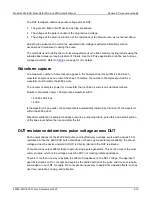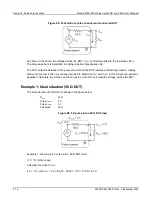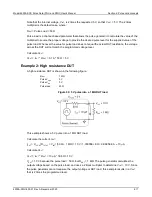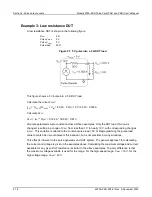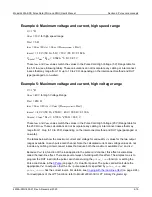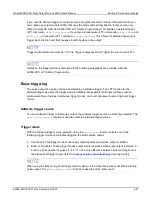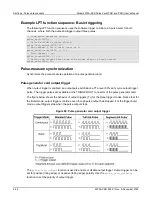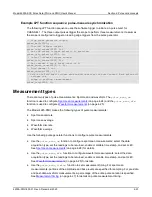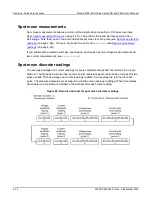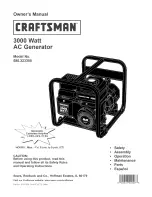
Model 4200A-SCS Pulse Card (PGU and PMU) User's Manual
Section 4: Pulse card concepts
4200A-PMU-900-01 Rev. A December 2020
4-9
“Pulsed sourcing” can involve outputting user-defined two-level pulses, outputting multi-level pulses
using the built-in Segment Arb
®
function, or outputting an arbitrarily defined waveform using the
arbitrary waveform generator in the KPulse software, which is included with the 4200A-SCS. The
Segment Arb feature allows you to create waveforms from segments defined with separate voltages
and time durations. In addition to its pulse generator capabilities, the 4225-PMU can measure ac or
dc voltage and current, thereby reducing the need for additional measurement hardware and more
complicated programming. The 4220-PGU is a two-channel pulse generator with output capabilities
identical to the capabilities of the 4225-PMU, but without its measurement functions.
Sample rate
For the PMU, the maximum measurement sampling rate for each A/D test is 200e6 (200 million)
samples per second. However, there is a limit to the number of samples (one million) that can be
acquired per A/D test. When a test is configured to exceed that limit, the sample rate is automatically
lowered when using ITMs so that fewer than one million samples are acquired.
Pulse I-V (spot mean)
The maximum number of samples per A/D per test is <1,000,000 (one million). If an ITM is configured
to yield more than one million samples, Clarius automatically lowers the sampling rate. For pulse I-V
(spot mean), typically the sample rate is reduced only if the measure window is wide (due to a wide
pulse width or period) or if the number of pulses is large.
The total number of samples for a test is calculated as follows:
Number of samples = Measure window x Sample rate x Number of pulses x Sweep points x Step
points
Example: Test that uses a single PMU to perform 50 20-step sweeps
Pulse width = ~7 µs
Measure window = 1 µs
Sample rate = 200e6 samples per second
Number of pulses = 50
Number of steps in sweep = 20
The number of samples acquired for the above example is calculated as follows:
Number of samples = 1 µs x 200e6 x 50 x 20 = 200,000
Because the number of samples is less than the one million sample limit, the sample rate of 200e6
samples per second is used for the above example.

